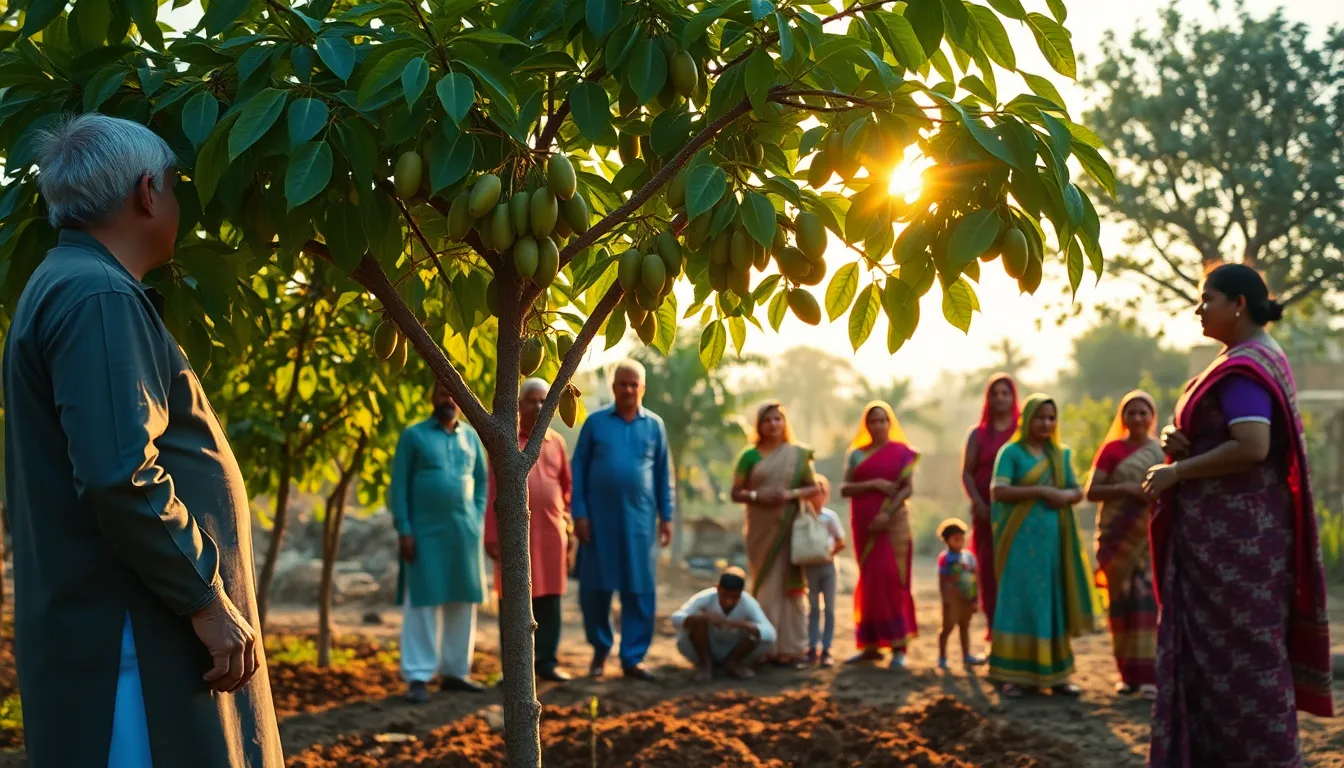Velvet tamarind, also known as Dialium guineense, is a tropical fruit that is often overlooked in favour of the more popular common tamarind. It is native to West Africa and Southeast Asia, but it has immense potential for growth and cultivation in India. The fruit is small and grape-sized, with a hard shell that should not be eaten. The inner pulp is sweet and tangy, making it a delightful addition to various dishes.
This fruit is not just tasty; it is also packed with nutrients. Velvet tamarind is rich in vitamins, minerals, and antioxidants. It can be eaten fresh, dried, or cooked, and is often used to make jams, jellies, and syrups. The fruit is known for its unique taste, which is sweeter and drier than common tamarind.
The velvet tamarind tree is tall and thrives in tropical climates. It can grow in both good and poor soil, making it adaptable to different agricultural practices. The tree is believed to have a lifespan of around 15 to 17 years, but some have been known to live up to 40 years.
Medicinally, velvet tamarind has numerous benefits. The leaves can be used to make a decoction that helps with gastric ulcers and has diuretic properties. This means it can help the body produce urine and support heart function, which may lower blood pressure. The bark has its own medicinal uses as well, providing relief for toothaches and bronchitis.
People in various regions use velvet tamarind for its health benefits. The pulp is said to help with digestive issues and can also aid in regulating blood sugar levels. This makes it a potential ally for those managing diabetes. Additionally, the fruit has analgesic properties that can help relieve menstrual pain.
The versatility of velvet tamarind extends to its culinary uses. It is used in traditional African drinks, sauces, marinades, and even cosmetics. The oil extracted from its seeds is used as a skin moisturiser and softener, while the leaves can be used to make natural dyes for fabrics.
In India, velvet tamarind could be a valuable addition to agroforestry systems. Its ability to grow in various soil types and its numerous uses make it an attractive option for farmers. Given the growing interest in health and wellness, this fruit could find a ready market among health-conscious consumers.
As awareness of velvet tamarind spreads, it may become a sought-after fruit in India. Farmers could benefit from cultivating this crop, both for local consumption and potential export. The fruit’s unique flavour and nutritional benefits make it an exciting option for those looking to diversify their farming practices.
In conclusion, velvet tamarind is a forgotten fruit that has tremendous growth potential in India. Its rich nutritional profile, medicinal benefits, and versatility in usage make it a valuable resource. With the right cultivation practices and consumer awareness, velvet tamarind could play a significant role in the future of Indian agriculture. Whether enjoyed fresh, dried, or in various recipes, this fruit is worthy of attention from both consumers and farmers alike.

